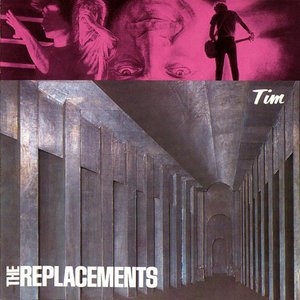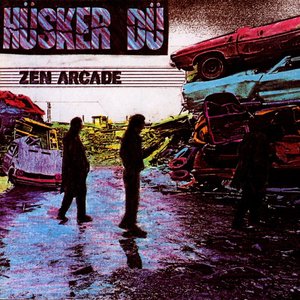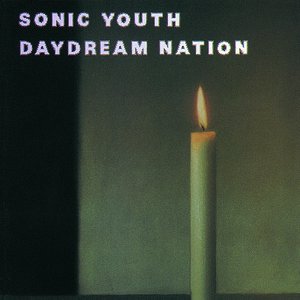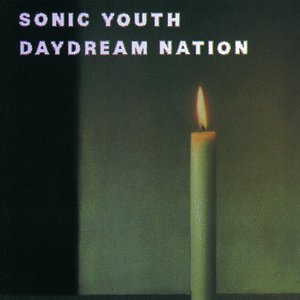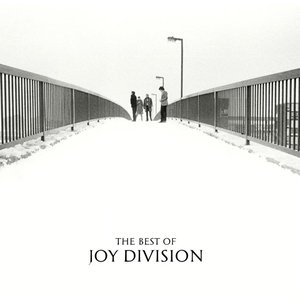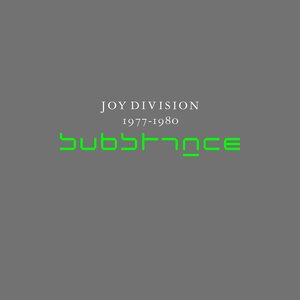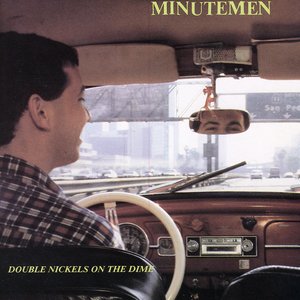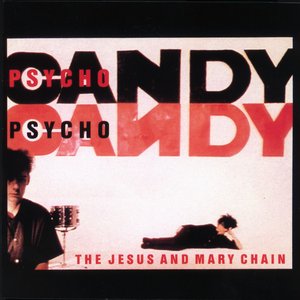Wiki
The lyrics for "Hold My Life" read like postmodern poetry: they don't make much rational sense (at least on the surface), yet they create a definite ambiance of alienation and despair. The one place where their meaning comes through loud and clear is in the chorus:
“Hold my life
Because I just might lose it
Because I just might lose it
Because I just might lose it”
The refrain, "Razzle dazzle drazzle drone" is a modification of a phrase from the cartoon Tooter Turtle. Replacements frontman Paul Westerberg may have had a poetic meaning to his allusion.
Tooter Turtle ran from 1960 to 1961 and involved a cartoon turtle that would have a wizard transport him back in time or into another location so he could adopt a new identity in every episode. Each time, Tooter would encounter some inescapable disaster and be forced to ask the wizard to save him. The wizard would say, "Treezle, trazle, trozle, trome, time for this one to come home." And then, "Be just what you is, not what you is not. Folks what do this has the happiest lot." Judging by the song's sense of personal alienation (and the early line, "If I want a good dye, oh, my hair"), the Tooter Turtle line may be a comment on the reality of human identity as well as a key into the otherwise opaque lyrics. Ultimately, we can only be ourselves.
The song has been quoted several times on the comedic science-fiction film review show Mystery Science Theater 3000. Before moving onto a national platform with Comedy Central in 1989, Mystery Science Theater 3000 broadcast from KTMA-TV in the Replacements' hometown of Minneapolis, Minnesota.
"Hold My Life" is the opening track on Tim, the Replacements' fourth studio album and second to feature the raw-yet-harmonious melodies that are now considered trademarks of the band. Only two years earlier with Hootenanny, they'd been making music with very limited appeal to anyone other than angst-ridden suburban males. With Let it Be in 1984, Westerberg started exerting more creative control and more serious songwriting. By the time of Tim (1985), the band had hit their stride.
Track descriptions on Last.fm are editable by everyone. Feel free to contribute!
All user-contributed text on this page is available under the Creative Commons Attribution-ShareAlike License; additional terms may apply.

